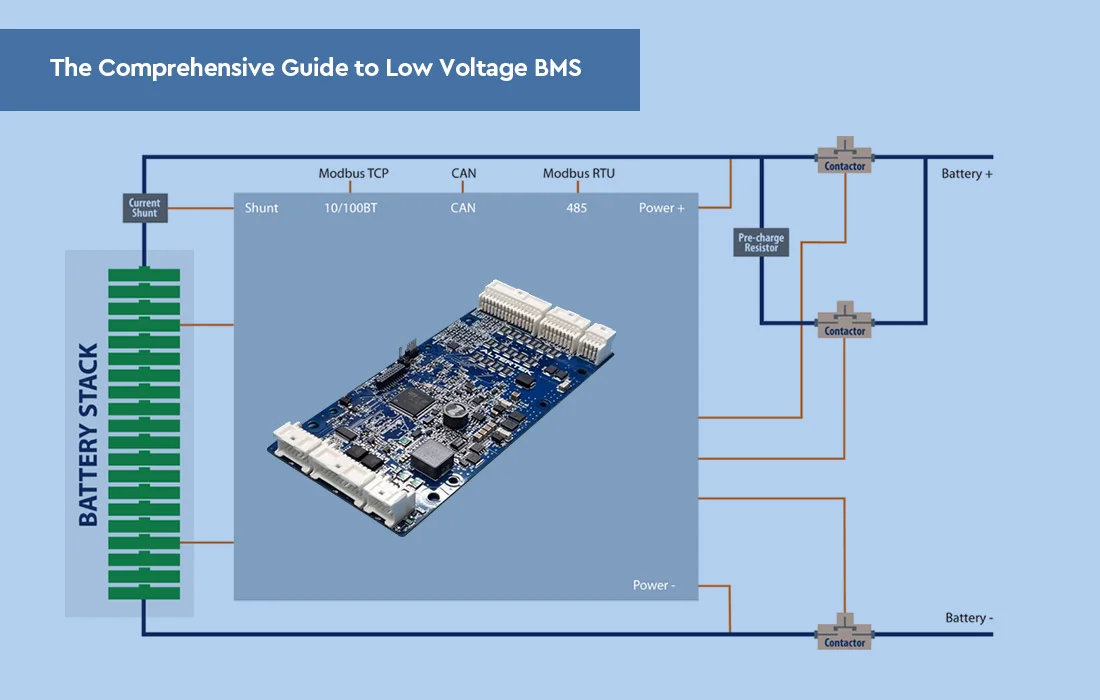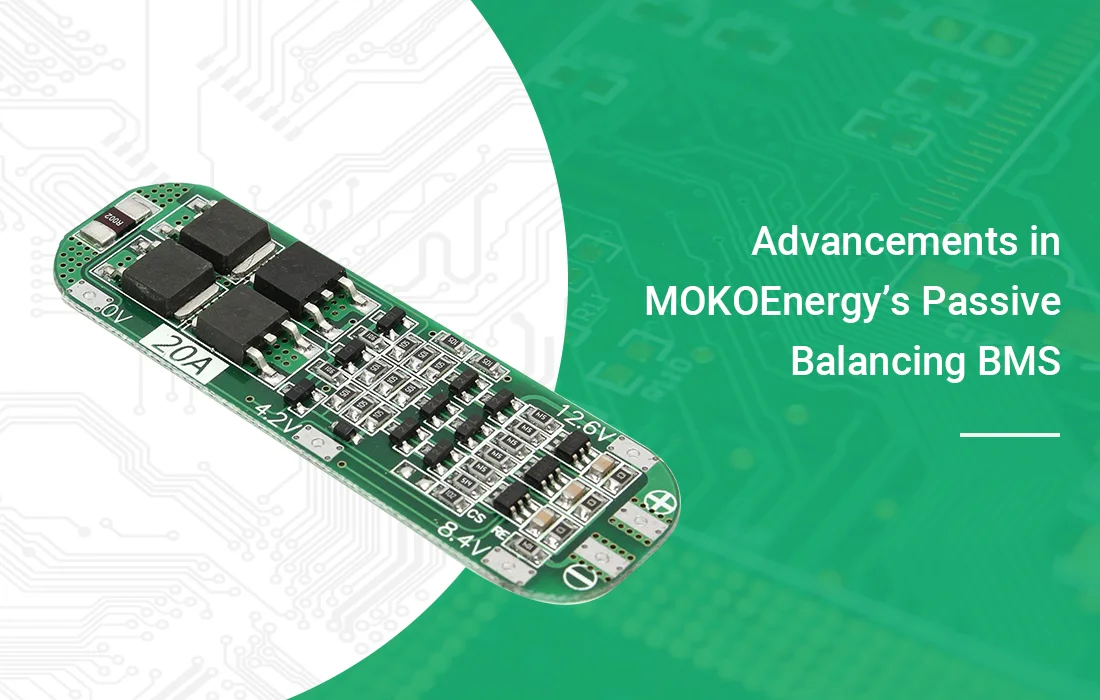Replacing a BMS is a fairly advanced project and if you are not familiar with soldering, using a multi-purpose digital voltmeter (DVOM), and especially working with live voltages, then I would not recommend considering this project.
- Soldering: This refers to the skill of joining electronic components together. When replacing BMS, soldering may be required to connect wires and batteries. If you are not good at soldering, it may result in poor connections or circuit problems.
- Use a multi-purpose digital voltmeter (DVOM): A DVOM is a tool that measures electrical parameters such as voltage, current, and resistance. A DVOM is needed to test and diagnose circuits in electronics projects.
- Handling of live voltages: This means working with circuits in operation where high voltages may be present. This requires care and caution.
In addition, all balanced leads will need to be reinserted to accommodate the new BMS connections.
Finally, while there may be a modest increase in power after replacing the BMS, the BMS will still cut off the discharge if the voltage drops below the low voltage cutoff point. This means that although some power increase may be gained, the BMS will still maintain protection of the battery to prevent the voltage from dropping to dangerous levels.
MORE: How to replace lifepo4 BMS in lifepo4 bank?




